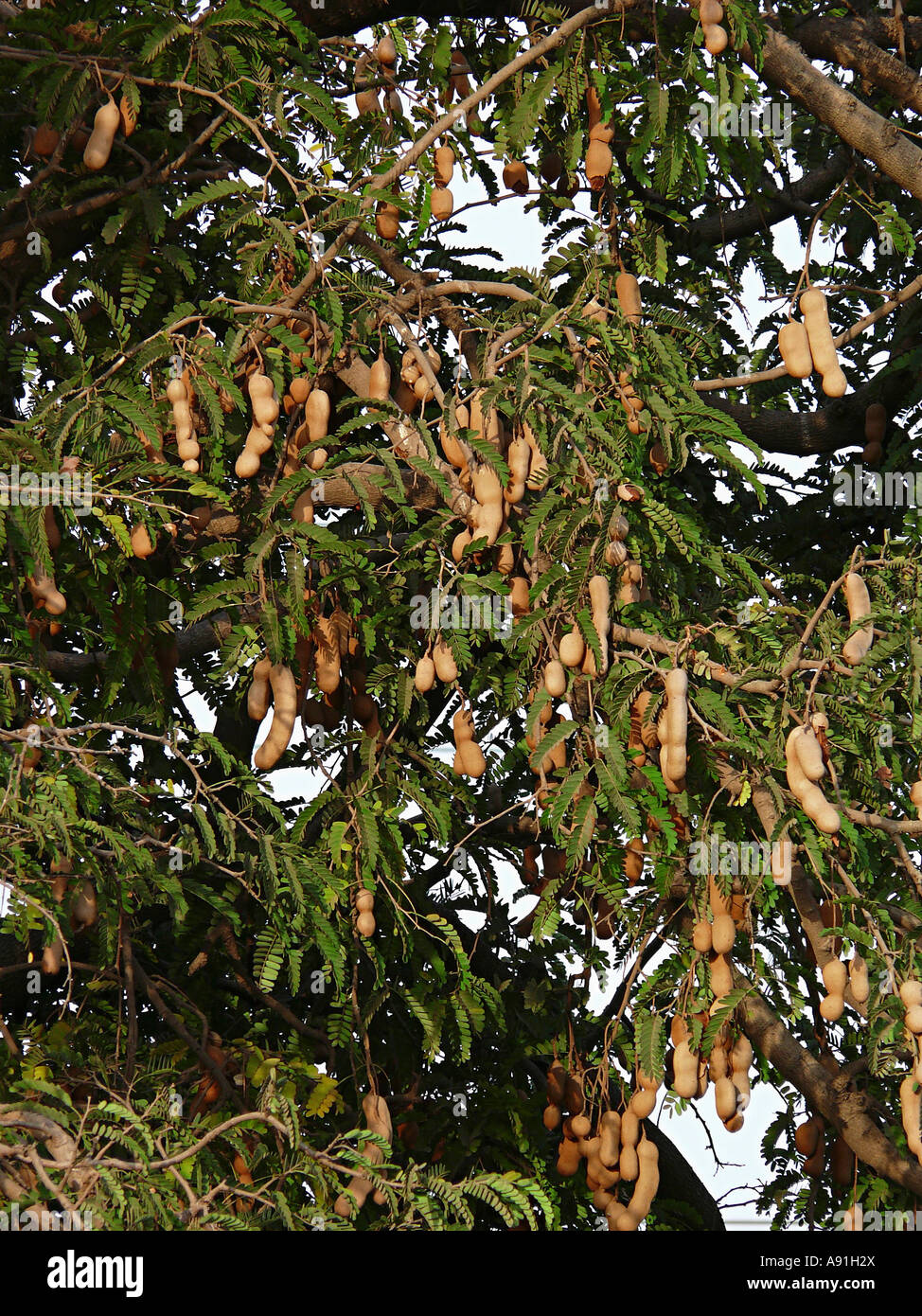Welcome to your holistic living

Botanical Name: Tamarindus indica Linn
Family: Fabaceae
English Name: Tamarind
Malayalam Name: Puli
Hindi Name: Imli
Tamarindus indica is a large evergreen tree that can grow up to 20–25 meters tall. It has pinnate compound leaves and bears curved brown pods containing a sticky, acidic-sweet pulp with seeds. The pulp is widely used in Indian cooking for its sour taste. Medicinally, it is valued for its digestive, laxative, and cooling properties. The tree is native to tropical Africa but naturalized and extensively cultivated in India and other tropical regions.The tamarind is a long-living, medium-growth tree, which attains a maximum crown height of 25 metres (80 feet). The crown has an irregular, vase-shaped outline of dense foliage. The tree grows well in full sun. It prefers clay, loam, sandy, and acidic soil types, with a high resistance to drought and aerosol salt (wind-borne salt as found in coastal areas). The evergreen leaves are alternately arranged and paripinnately compound. The leaflets are bright green, elliptic-ovular, pinnately veined, and less than 5 centimetres (2 inches) in length. The branches droop from a single, central trunk as the tree matures, and are often pruned in agriculture to optimize tree density and ease of fruit harvest. As a tropical species, it is frost-sensitive. The pinnate leaves with opposite leaflets give a billowing effect in the wind. Tamarind timber consists of hard, dark red heartwood and softer, yellowish sapwood. The tamarind flowers bloom (although inconspicuously), with red and yellow elongated flowers. Flowers are 2.5 cm (1 in) wide, five-petalled, borne in small racemes, and yellow with orange or red streaks. Buds are pink as the four sepals are pink and are lost when the flower blooms.
Fruit pulp (most common), seeds, leaves, bark
1. Antioxidant Properties:Rich in antioxidants, tamarind neutralizes free radicals that cause cellular damage and contribute to various diseases, including premature aging. 2. Anti-inflammatory Effects:The plant extracts can reduce inflammation and pain, offering relief for conditions like arthritis and other inflammatory diseases. 3. Heart Health:Its fiber content helps reduce bad cholesterol (LDL), while its potassium helps in reducing blood pressure, thus benefiting heart health. 4. Diabetes Management:Tamarind can help regulate blood sugar levels by inhibiting alpha-amylase, an enzyme involved in carbohydrate absorption, and by promoting pancreatic cell health. 5. Digestive Health:Tamarind acts as a natural laxative, helping to relieve constipation, and is also used traditionally to treat diarrhea and dysentery.
Laxative,Digestivestimulant,Antioxidant,Antipyretic,Hepatoprotective,Antimicrobial,Antiscorbutic,Anti-inflammatory,Hypolipidemic,Cardioprotective
Rasa: Amla, Madhura
Guna: Laghu, Snigdha
Virya: Usna
Vipaka: Amla
Dosha Karma: Vata shamaka, Pitta hara